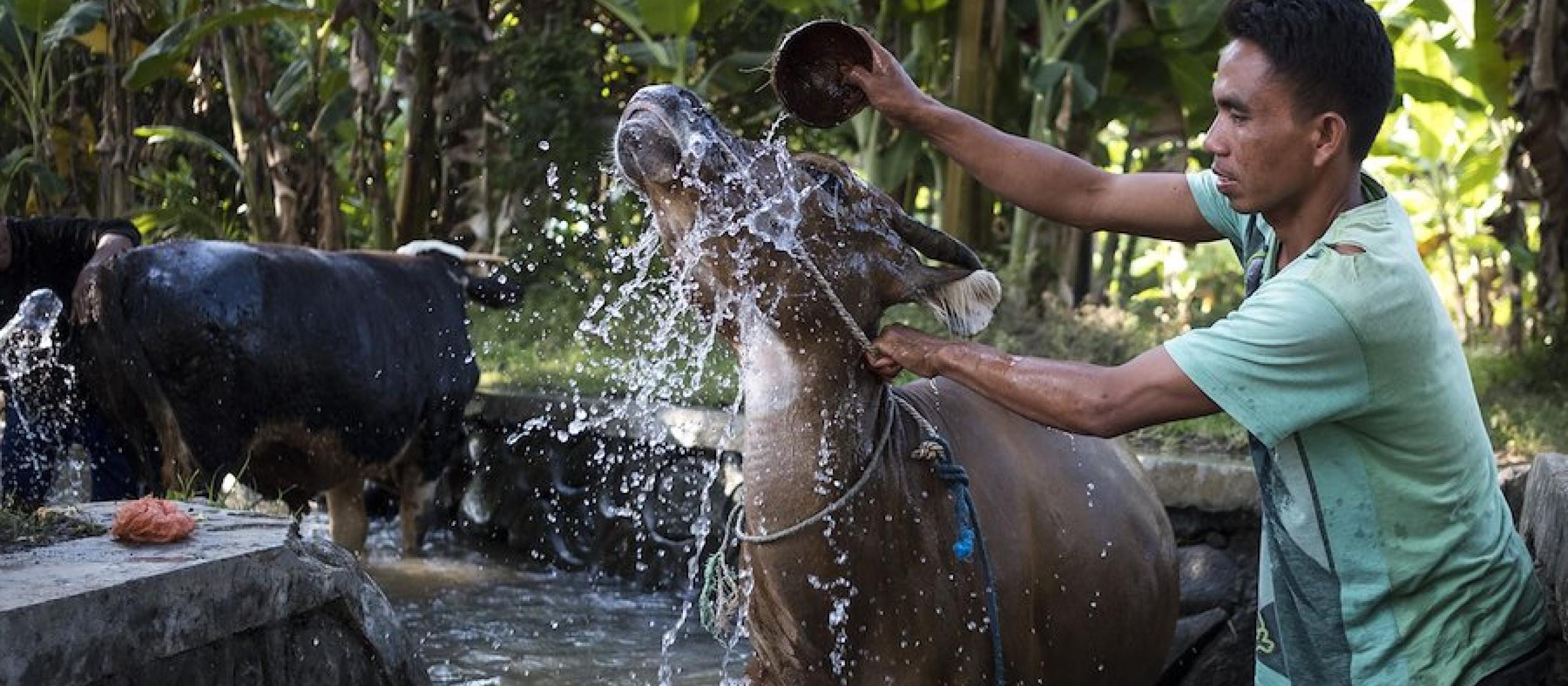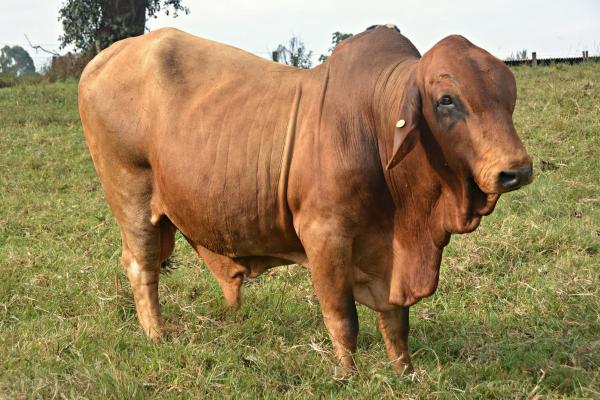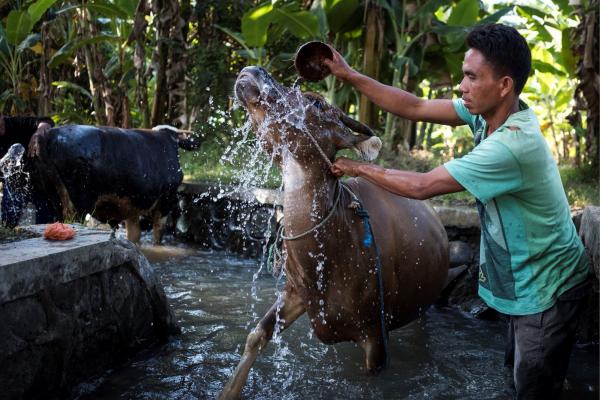- HomeHome
-
About ACIAR
- Our work
- Our people
-
Corporate information
- ACIAR Audit Committee
- Commission for International Agricultural Research
- Policy Advisory Council
- Agency reviews
- Executive remuneration disclosure
- Freedom of information (FOI)
- Gifts and benefits register
- Information publication scheme
- List of new agency files
- Contracts
- Legal services expenditure
- Privacy impact assessment register
- Commonwealth Child Safe Framework
- Benefits to Australia
- Careers
- 40 years of ACIAR
-
What we do
- Programs
- Cross-cutting areas
- Resources
- Where we work
-
Funding
- Research projects
- Fellowships
-
Scholarships
- John Allwright FellowshipScholarships to study in Australia for ACIAR partner country scientists to have Australian postgraduate qualifications
- ACIAR Pacific Agriculture Scholarships and Support and Climate Resilience Program
- Alumni Research Support Facility
- Publications
- News and Outreach
Date released
17 January 2019
- Livestock plays a vital role in human health and nutrition, providing 33% of our protein, and a large number of micronutrients.
- People in low- and middle-income countries on average consume a lot less meat than those in high-income countries.
Much of the focus at the Crawford Fund Conference was on the role of vegetables and grains in human health, which were presented as more sustainable nutrition sources than meat. However, as Dr Okello told the conference, we should not forget the critical role livestock has played in human development over the millennia—physically, socially and immunologically. The term ‘livestock’ includes beef and dairy cattle, buffalo, sheep, goats, pigs and poultry.
According to 2016 FAO figures, 14% of our calories and 33% of our protein comes from livestock. ‘Importantly, too, for balanced nutrition, livestock is also a good source of micronutrients such as vitamins A, B2 (riboflavin) and B12, and calcium, iron and zinc,’ Okello said.
Then there are the many indirect contributions livestock makes to health and nutrition, especially in low- and middle-income countries. ‘Livestock has a multiplier effect,’ Okello said. For many smallholders, particularly those in sub-Saharan Africa, livestock such as cattle and buffalo are living tractors, helping to boost crop production by working the soil and fertilising it with their manure. Livestock such as pigs and cattle also have a role in ceremonial and social functions across Africa and Asia. ‘It’s not just consumption—they are much more than meat and milk for these people—they are part of the cultural fabric, and bring social status,’ Okello said.
For these livestock owners, cattle are assets to be cashed in to pay school fees or hospital bills, or used as dowries when children marry. Okello told ABC Radio’s Northern Territory Country Hour that the West’s growing anti-livestock rhetoric did not take these cultural, social and economic factors into account. ‘Talking about Western meat consumption of 100 kg per head is not equivalent to people in sub-Saharan Africa who eat less than 10% of that,’ she said.
She quoted Dr Jimmy Smith, the Director General of the International Livestock Research Institute and former head of the World Bank’s global livestock portfolio, who was unequivocal: ‘There is no moral equivalence between those who make poor choices of food (consuming too much food and excess fat and sugar), and those who have no choice.’
What is needed, Okello said, is recognition of the complexity of the livestock issue. The livestock sub-sector can constitute up to 40% of agricultural gross domestic product in developing countries; and in East Africa, for example, it represents up to 80% of rural assets. Rather than simplistic calls for less meat consumption, what is needed is balance, including ongoing support for research into ways to improve production. Being more efficient by getting better weights from fewer animals with the same resources will help livestock production be more sustainable, she said, reinforcing comments made by Dr Smith during his 2017 Australian visit.
‘What will help raise livestock productivity by smallholder farmers and herders in low-income countries, while also reducing greenhouse gas emissions and other environmental harms, are today’s many scientific advances in such fields as livestock genetics, breeding, feeding and nutrition. Many of these come from Australia, which shares much of the sub-humid and semi-arid agroecologies of the developing nations of the world,’ Smith said.





